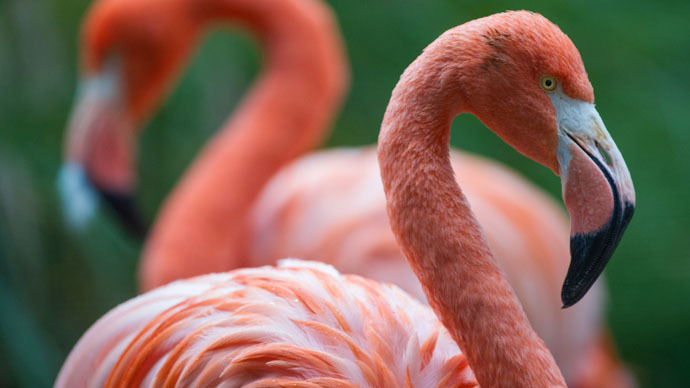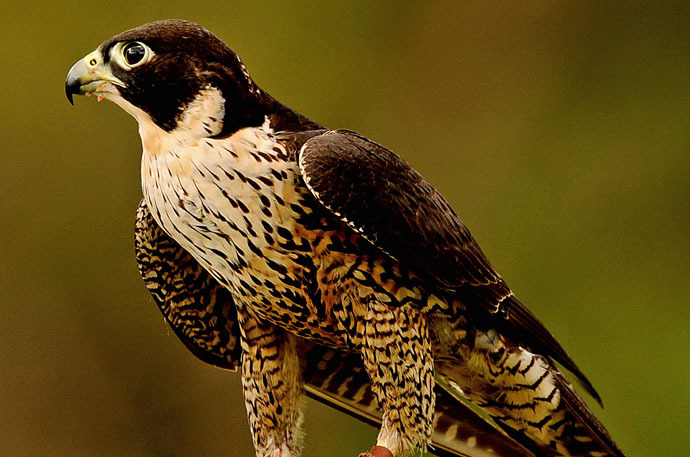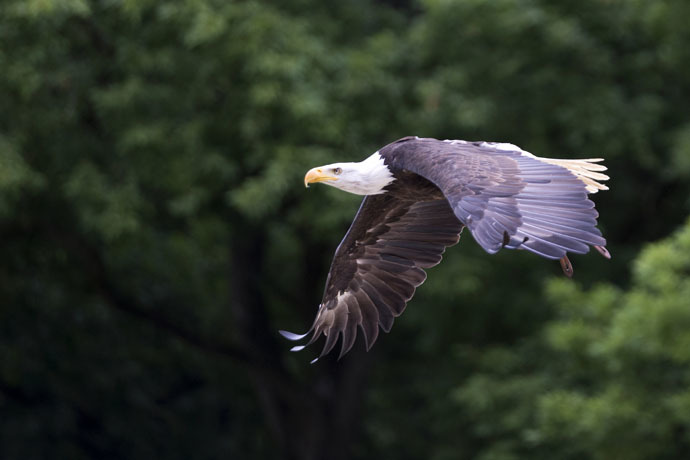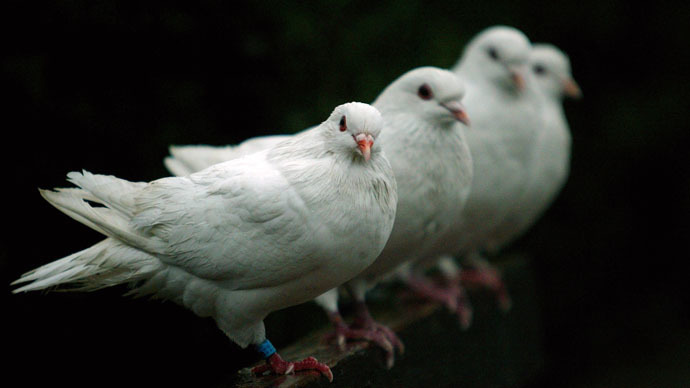Flamingoes 'closely related to pigeons': Scientists form 'most reliable' avian tree of life

Scientists have generated a major study of 45 bird genomes, representing key branches in bird evolution. It took 9 supercomputers around the world the equivalent of 400 years of processor time to study the genomes and form them into a family tree.
Over 200 researchers from 20 countries have yielded what has been called the "most reliable avian tree of life yet produced."
The new analysis sheds light on the evolutionary relationships of major groups of birds, showing which groups are closely or distantly related to each other.
A key finding involves an early event in the evolution of the Neoaves, a group that features songbirds, raptors, parrots, herons, doves, penguins and most other birds. The scientists discovered a divergence between two groups of Neoaves: Columbea and Passerea.
"And what's really interesting about this divergence is that the group Columbea includes birds that you wouldn’t think were related, like flamingoes and pigeons. This means that flamingoes are more closely related to pigeons than they are to pelicans, for example," said Siavash Mirarab, a graduate student at the University of Texas at Austin.

Surprisingly enough, the scientists concluded that some birds of prey are not as closely related to each other as they are to other species that have very different traits.
"If you look at them, you would think that falcons are more eagle-like than they are parrot-like," Mirarab said. "But falcons are more closely related to parrots and passerines (a group that includes songbirds) than they are to eagles or vultures."
Only five of the birds whose genomes were studied turned out to be Neoaves. Chickens, turkeys and ducks inhabit a separate branch of the avian tree, while ostriches and tinamous stem from the most ancient branch on the tree.

"Most of the birds we know today, about 95 percent, belong to the group Neoaves. These birds appeared, it seems, in a period of a few million years. When a lot of new species appear in a short period of time, it makes reconstructing their relationships much harder," Mirarab explained.
The study lends support to the hypothesis that some vital traits, such as vocal learning or foot-propelled underwater diving, evolved independently among different groups of birds. There also is evidence that the core land birds (a group that includes songbirds, parrots, falcons, owls, woodpeckers and eagles) share a common ancestor that was an apex predator (an animal at the top of the food chain that is not preyed on).
Figuring out the evolution of birds is a painstaking process. According to scientists, the 'big bang' occurred some 65 million years ago, just after the Cretaceous-Paleogene extinction, which killed off the "other dinosaurs," Mirarab said.

However, the exact timing of major events in bird evolution is still highly debatable.
"Our results suggest that modern birds diversified in the wake of the mass extinction that marked the end of the age of dinosaurs, but we cannot exclude the possibility that birds began diversifying before the extinction," a biology professor at the University of Florida and a co-author on the paper, Edward Braun, said.
The new study offers evidence that birds diverged more recently than earlier studies had indicated. According to Professor Tandy Warnow of the University of Illinois, different parts of the genome can have different histories.
"We observed significant conflict across the genome, which required the development of new statistical methods in order to develop a robust tree."
The paper describing the bird family tree is one of eight articles on avian evolution published in Science.












